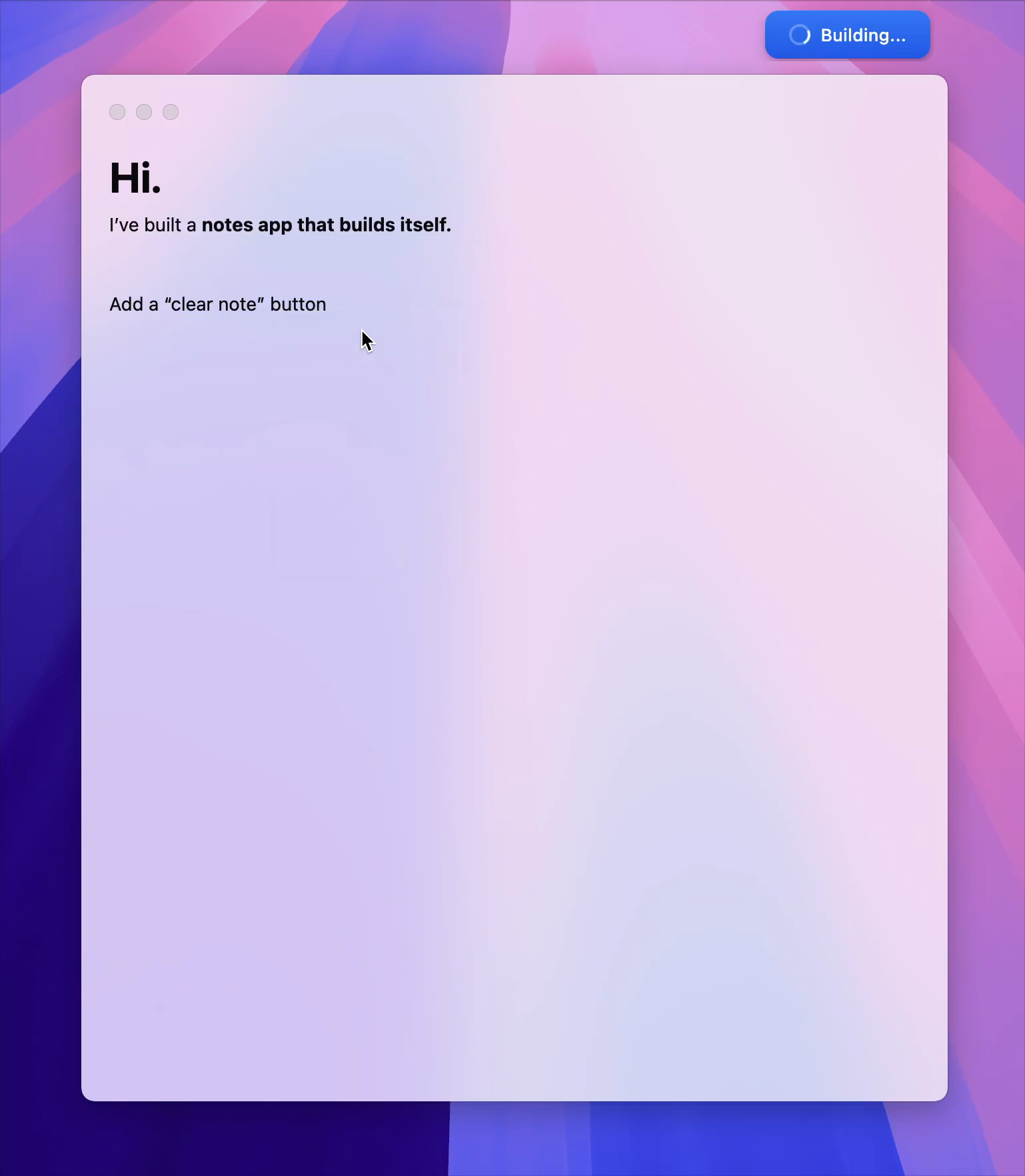Rogue Azure AD Guests Can Steal Data via Power Apps
Rogue Azure AD Guests Can Steal Data via Power Apps
A few default guest setting manipulations in Azure AD and over-promiscuous low-code app developer connections can upend data protections.
Ericka Chickowski, Contributing Writer
July 14, 2023
5 Min Read

marreston via AdobeStock
LinkedinFacebookTwitterRedditEmail
Guest accounts in Azure AD (AAD) are meant to provide limited access to corporate resources for external third parties — the idea is to enable collaboration without risking too much exposure. But enterprises may be unknowingly oversharing access to sensitive resources and applications with guests in Azure AD, paving the way for data theft and more.
An upcoming presentation at Black Hat USA in August will detail how a toxic combination of easily manipulated default guest account settings and promiscuous connections within Microsoft’s low-code development platform known as Power Apps can kick open the door to giving guest accounts wide-open access to the corporate jewels. Power Apps provides a rapid development environmentfor businesses to build custom apps that connect various online and on-premises data sources (such as SharePoint, Microsoft 365, Dynamics 365, SQL Server, and so on).
Researcher Michael Bargury, CTO of Zenity, will present his findings in a session on Thursday, Aug. 10, entitled, “All You Need is Guest.” He noted in the session writeup that guests can use undocumented APIs to gain access to corporate SQL servers, SharePoint sites, KeyVault secrets, and more; they can also create and control internal business applications to move laterally within the organization.
“From the perspective of the blue team defending an organization, I’m hoping to show that inviting guests carries a lot more risk than they might think,” he says. “This is the first research that I’m aware of that shows that guests can actually gain access to data, not just gain an understanding of your directory or something like that.”
A Two-Step Path to Malicious Azure AD Access
Bargury says the potential exposure can be achieved through a two-step process. The first part of his demonstration at Black Hat USA will show how easy it is to take a guest account with default settings — ones that essentially show access to no applications — and, by using a few cheap manipulations that include creating trial licenses and canceling them, give a guest user visibility into the default environment for Power Apps, which exists in that AAD tenant.
Once that visibility is established, guest users will then be able to see all of the application connections created in Power Apps that have been marked as “shared with everyone” by developers.
“The root cause of the problem I’m showing comes when somebody has created or shared an application using something that Microsoft calls ‘share with everyone,’” Bargury notes. “And when you share with everyone, you might think that it’s shared with everybody in your org, but essentially it means everyone in your AAD tenant, which includes guests.”
In turn, those apps connect to data in the background that could be sensitive.
“These are resources in Azure AD. They can be in on-prem, they could be people’s own personal accounts that have been overshared across the organization,” he says.
By default, just because a guest account could see those connections doesn’t necessarily mean they could use them to get at data, thanks to limitations that Microsoft has created through protections like its Power Platform DLP controls. However, Bargury will demonstrate how he’s able to get around those protections as the second step of the attack process.
“Once you are in and you can see the things that have been overshared, you need to be able to use them,” he says. “I’m using research that has been done by others that allows me to basically reach out to internal Microsoft APIs with existing user authentication. The reason why I’m able to go through each of these connections and dump the data behind them is because I was able to peel off the front-end APIs for Power Platform and figure out the infrastructure behind them. And I’m essentially just reaching out directly to the infrastructure in terms of the front-end APIs, which means that I can a) circumvent defenses; and b) leave no logs.”
Limiting Cyber Risk From Promiscuous Oversharing
Bargury says his talk will sound the alarm on how severe this problem is and also provide the audience with the tools to get a handle on the risk posed by this exposure. He’ll also walk the audience through configurations that they can change to limit the scope of guest access in their AAD environment, and he’ll talk about how to detect the manipulations that could lead to this toxic oversharing to guest accounts.
“One of the key things that I’m doing here is using research to gain authentication tokens to those internal APIs,” he says. “And that’s an event that you can configure AAD to log. If you find that the user, especially guest user, has provisioned for themselves an authentication token to an internal Microsoft API that should not be exposed, then this should be a red flag.”
As a part of the talk Bargury is going to drop a new tool called PowerGuest, an exploratory auditing tool that will help both blue and red teamers understand the true scope of guest access within an AAD tenant.
The other important point he’ll focus on is that defenders really should start to gain a better understanding of the connections and credentials opened up in their AAD environments through Power Apps.
“If you are building things on top of low-code platforms, you need to understand that it’s very easy for you to share credentials and identities across different users. When you create an application and you share it with other people, then they end up getting access to the underlying connection, the underlying data source,” says Bargury, who tackled this concept in a different piece of research presented earlier this year at RSA Conference.
Read more about:
LinkedinFacebookTwitterRedditEmail
About the Author
Ericka Chickowski, Contributing Writer
Ericka Chickowski specializes in coverage of information technology and business innovation. She has focused on information security for the better part of a decade and regularly writes about the security industry as a contributor to Dark Reading.
See more from Ericka Chickowski, Contributing Writer
Keep up with the latest cybersecurity threats, newly discovered vulnerabilities, data breach information, and emerging trends. Delivered daily or weekly right to your email inbox.
More Insights
Webinars
- Think Like a Cybercriminal to Stop the Next Potential Attack Jul 22, 2025
- Elevating Database Security: Harnessing Data Threat Analytics and Security Posture Jul 23, 2025
- The DOGE-effect on Cyber: What’s happened and what’s next? Jul 24, 2025
- Solving ICS/OT Patching and Vulnerability Management Conundrum Jul 30, 2025
- Creating a Roadmap for More Effective Security Partnerships Aug 14, 2025
Events
- [Virtual Event] Strategic Security for the Modern Enterprise Jun 26, 2025
- [Virtual Event] Anatomy of a Data Breach Jun 18, 2025
- [Conference] Black Hat USA - August 2-7 - Learn More Aug 2, 2025
You May Also Like
Editor’s Choice
Source circles of services available Cybersecurity Operations
Cybersecurity Operations
LevelBlue Acquires Trustwave, Forms World’s Largest Independent MSSP LevelBlue Acquires Trustwave, Forms World’s Largest Independent MSSP
Jul 1, 2025
3 Min Read
Man speaking into a mobile device displaying voice generating app  Cyberattacks & Data Breaches
Cyberattacks & Data Breaches
Scope, Scale of Spurious North Korean IT Workers Emerges Scope, Scale of Spurious North Korean IT Workers Emerges
Jul 1, 2025
6 Min Read
A Yes/No questionnaire about spear phishing Endpoint Security
Endpoint Security
We’ve All Been Wrong: Phishing Training Doesn’t Work We’ve All Been Wrong: Phishing Training Doesn’t Work
by Nate Nelson, Contributing Writer
Jul 1, 2025
6 Min Read
Webinars
- Think Like a Cybercriminal to Stop the Next Potential Attack Jul 22, 2025
- Elevating Database Security: Harnessing Data Threat Analytics and Security Posture Jul 23, 2025
- The DOGE-effect on Cyber: What’s happened and what’s next? Jul 24, 2025
- Solving ICS/OT Patching and Vulnerability Management Conundrum Jul 30, 2025
- Creating a Roadmap for More Effective Security Partnerships Aug 14, 2025
White Papers
- XSIAM Buyer’s Guide: How to Transform Your SOC for the AI Era
- XSIAM Infographic: Talking About a Revolution
- Omdia Universe: Selecting a Next-Generation Security Information and Event Management Solution, 2024-25
- The State of Workforce Security: Key Insights for IT and Security Leaders
- Cortex XSIAM: The Machine-Led, Human-Empowered Security Platform
Events
- [Virtual Event] Strategic Security for the Modern Enterprise Jun 26, 2025
- [Virtual Event] Anatomy of a Data Breach Jun 18, 2025
- [Conference] Black Hat USA - August 2-7 - Learn More Aug 2, 2025
Cookies Button
About Cookies On This Site
We and our partners use cookies to enhance your website experience, learn how our site is used, offer personalised features, measure the effectiveness of our services, and tailor content and ads to your interests while you navigate on the web or interact with us across devices. By clicking “Continue” or continuing to browse our site you are agreeing to our and our partners use of cookies. For more information see Privacy Policy
CONTINUE
_(1).jpg)
Cookie Policy
When you visit any website, it may store or retrieve information on your browser, mostly in the form of cookies. This information might be about you, your preferences or your device and is mostly used to make the site work as you expect it to. The information does not usually directly identify you, but it can give you a more personalized web experience. Because we respect your right to privacy, you can choose not to allow some types of cookies. Click on the different category headings to find out more and change our default settings. However, blocking some types of cookies may impact your experience of the site and the services we are able to offer.
Allow All
Manage Consent Preferences
Strictly Necessary Cookies
Always Active
These cookies are necessary for the website to function and cannot be switched off in our systems. They are usually only set in response to actions made by you which amount to a request for services, such as setting your privacy preferences, logging in or filling in forms. You can set your browser to block or alert you about these cookies, but some parts of the site will not then work. These cookies do not store any personally identifiable information.
Performance Cookies
Always Active
These cookies allow us to count visits and traffic sources so we can measure and improve the performance of our site. They help us to know which pages are the most and least popular and see how visitors move around the site. All information these cookies collect is aggregated and therefore anonymous. If you do not allow these cookies we will not know when you have visited our site, and will not be able to monitor its performance.
Functional Cookies
Always Active
These cookies enable the website to provide enhanced functionality and personalisation. They may be set by us or by third party providers whose services we have added to our pages. If you do not allow these cookies then some or all of these services may not function properly.
Targeting Cookies
Always Active
These cookies may be set through our site by our advertising partners. They may be used by those companies to build a profile of your interests and show you relevant adverts on other sites. They do not store directly personal information, but are based on uniquely identifying your browser and internet device. If you do not allow these cookies, you will experience less targeted advertising.
Back Button
Cookie List
Search Icon
Filter Icon
Clear
checkbox labellabel
ApplyCancel
ConsentLeg.Interest
checkbox labellabel
checkbox labellabel
checkbox labellabel
Confirm My Choices






